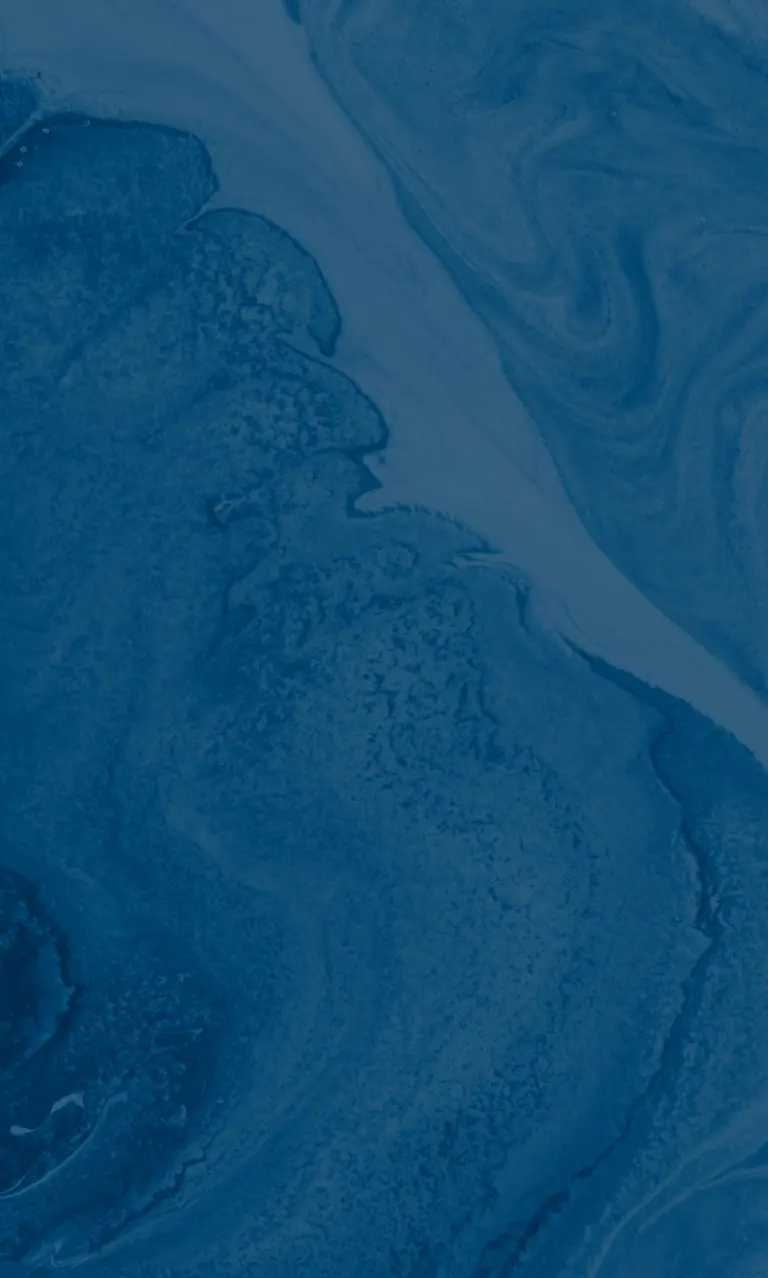Nacre Environmentally friendly ships
Officially recognised in 2008, the NACRE project set out to measure the overall environmental footprint of different types of ships currently in operation by taking account of all their waste. NACRE also aimed to offer technical solutions to suit the layout and modes of operating of different types of vessels.
Some ships were already using equipment designed to collect and treat certain forms of waste on board. However, the variety and complexity of some of these systems and the trend towards reducing the number of on-board crew and the dimensions of equipment led to the development of a compact multifunction tool, which was therefore easier to bring on-stream and kept costs to a minimum.
The work carried out during the project on grey and black water helped bring about developments in the treatment of industrial/hazardous waste using centrifugation combined with membrane filtration. Tests are therefore due to continue on treating fermentable waste (made up exclusively if organic, biodegradable material), involving adapting an installation to treat the mud produced by the membrane filtration process.
Following the satisfactory outcome of tests carried out on solid non-fermentable waste, the NACRE project partners intend to pursue this work by integrating waste shredders into current operational vessels.
Lab tests involving treating gases and the resulting prototype will be transferred to various other activities that require NOx and SOx emissions to be treated. A new greenhouse gas emissions process (No-NOx/SOy), which is due to come on the market shortly, will be assessed for treating cogeneration gases.
The work ccarried out as part of the NACRE project identified a potential market in the shipbuilding sector for shredding waste and rendering it harmless, such as developing waste treatment solutions for severely restricted environments in the military sector. Similarly, solutions can now be offered to passenger ships operating in special areas where waste disposal is banned, such as the Arctic and Antarctic, or to drilling platforms concentrated in specific areas. There are also plans to transfer the technology to vast installations for storing fresh produce.
- Three patents are being drawn up.
- An article is forthcoming in the journal "La recherche".
Partners
Centres de recherche
- ENSTA Bretagne, Brest
- ENMM, Nantes
- EME, Bruz
- Ifremer, Brest
- IPL Environnement, Ploemeur
Entreprise
- Louis Dreyfus Armateurs, Suresnes
- Bertin Technologies, Tarnos
- Genavir, Brest
- Naval Group, Brest [Porteur de projet]
- Veolia Environnement, Maisons-Laffitte
Autres partenaires
- SSF, Brest
Funders
- Fonds Unique Interministériel
- Conseil régional de Bretagne
- Conseil départemental du Finistère
- Conseil départemental d'Ille-et-Vilaine
- Conseil départemental du Morbihan
- Brest métropole
- Rennes Métropole
